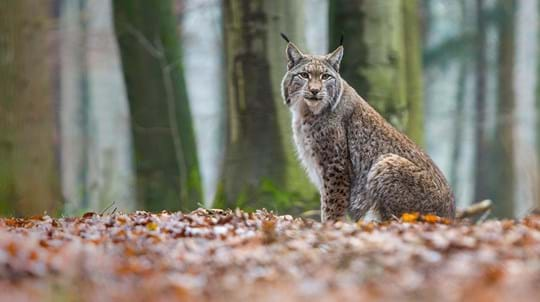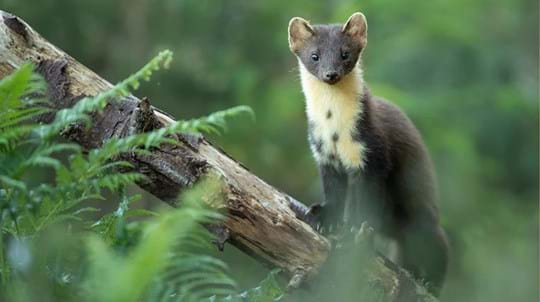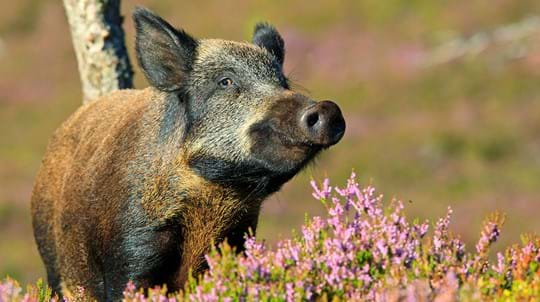
Credit: Laurie Campbell / naturepl.com
What do Scottish wildcats eat?
Scottish wildcats mainly feed on rabbits and small rodents such as voles. They will also take hares and a variety of bird species.
Skilled stealth hunters, they have excellent sight, hearing and sense of smell, as well as highly sensitive whiskers. They will stalk their prey and pounce after a patient wait. Wildcats are mainly crepuscular (active at dawn and dusk) but they may hunt during the day if undisturbed.













